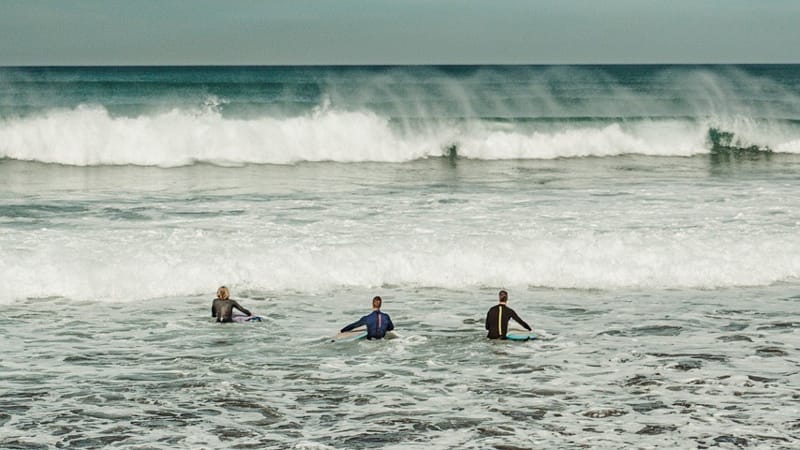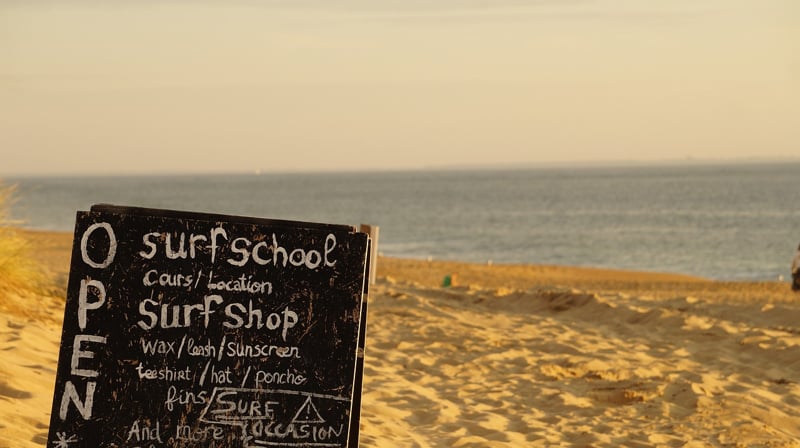
Want to learn how to surf in the Canary Islands? Here is the solution for you!
12 June 2025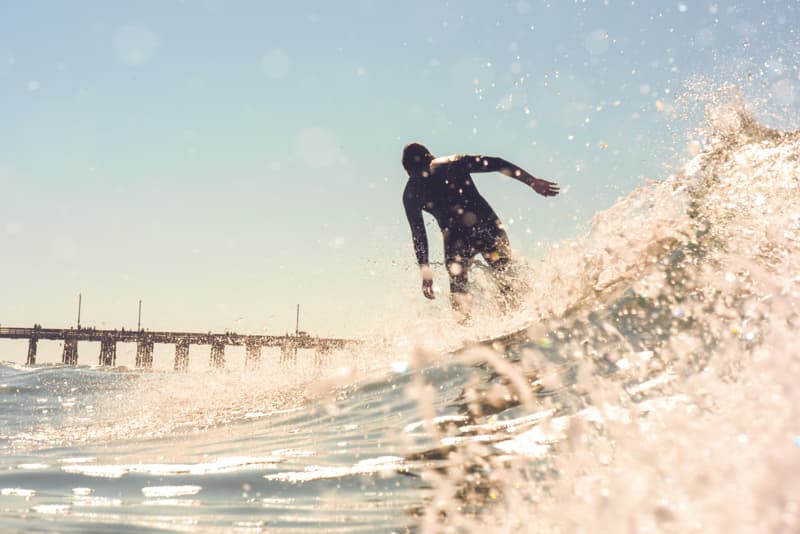
How to prepare for your first surfing course
12 June 2025Good equipment is essential, but above all, practice, patience and respect for the sea are needed: safety is not an option
Surfing is a sport that fascinates many people. Many people would like to approach this sport, but the fear of failing or, worse, getting hurt is strong.In reality, just proceed gradually, under the careful guidance of a trained instructor, and approach the sport with respect.
So let’s look at some useful tips, 5 to be precise, that may come in handy if you want to approach the sport for the first time.
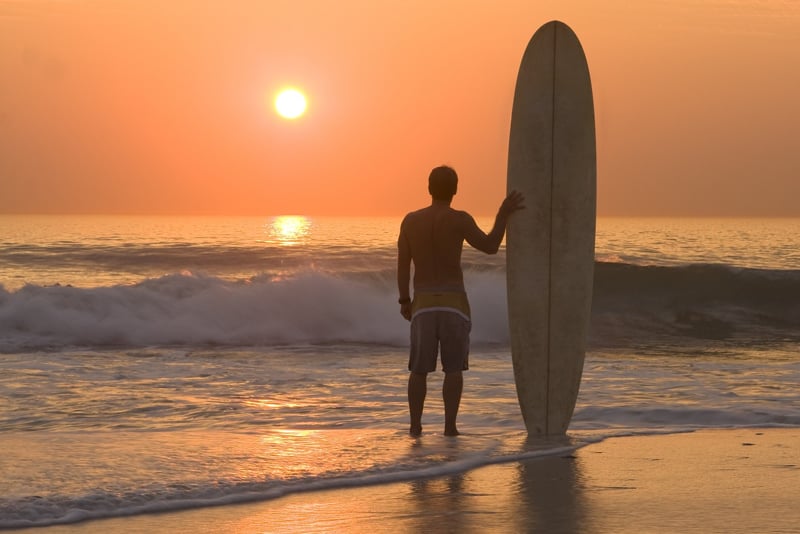
Surfing as a beginner: 5 tips for getting started
Want to surf? Well, here are ready 5 tips for approaching the board.
- First tip: choose the right equipment slowly. You should not be in a hurry to buy a surfboard or buy cheap products. If you are a complete beginner, you can borrow equipment or rent it, perhaps from a good surf school like Point Break.
- After you take your first steps in this wonderful sport, then you can think about buying a surfboard, opting for a Big Surfboard: the larger, more stable boards are ideal for beginners. In addition, you will need a lace to tie the board to your ankle, so that you do not become completely separated from the board when you fall off.
- Start surfing by favoring small, narrow waves, even those close to the beach. When the wave forms you have to jump on the part of the water where the rafting is created and follow the wave itself: this is advice that a good surfing instructor gives from the very first lessons. One of the behaviors to adopt from the very beginning is the precedence in catching the wave: precedence should be given to the person who is surfing the wave in order to avoid collisions. Also, even with many people in the water, you still need to avoid crowds.
- Fourth tip, perhaps the main one, is to learn the basics of technique. First of all, you must learn to swim on the board and spend a lot of time lying on the board, waiting for the right wave. When the wave comes, you must be ready to jump up and start surfing: but everything comes in due time. Surfing is a sport that requires commitment, tenacity and patience.
- Fifth and final tip, the choice of board: when you start surfing, you should start with a funboard, which is stable and easy to use, and practice a lot by learning to “understand” the waves and ride them with stability. With time and application you will be able to upgrade to another board.
Read also: Kitesurfing vs surfing: which one is best for you? Find out here!
Techniques to learn to surf from scratch
After looking at the five tips, let’s look at some of the Basic surfboard surfing techniques.
One of the first techniques you learn is“paddling,” or lying supine on the board with your head and part of your torso elevated, which is essential for reaching the waves and positioning yourself correctly.
The technique of “catching waves” involves using arm strength to push the board toward the wave, synchronizing your movements with the wave to be able to ride it.
Once the wave has been caught, the surfer must stand up quickly on the board, moving from a supine to an upright position.Learning this movement takes time, as one must be fluid and fast to maintain balance.
This is just the beginning: in time, more advanced techniques such as the “cut back,” which allows the surfer to change direction and return to the more powerful part of the wave, can be learned.
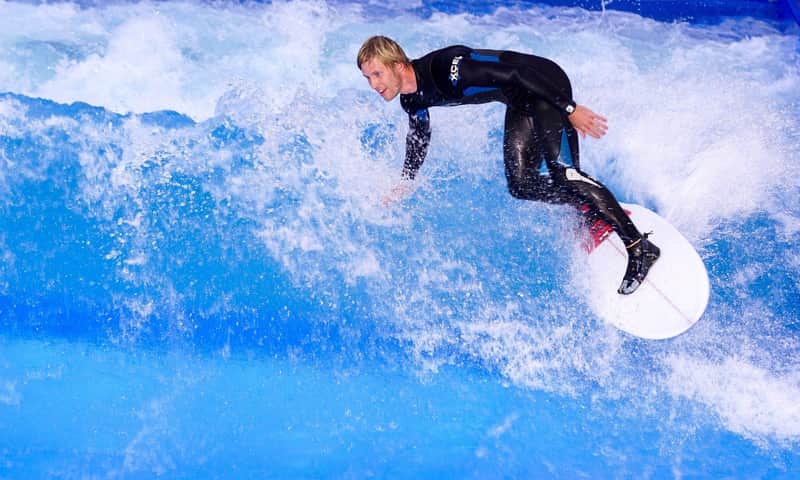
Where to learn to surf in Fuerteventura
Fuerteventura, with its year-round mild climate and consistent waves, is an ideal destination for beginners who want to start surfing. After looking at some tips and techniques, let’s discover some spots in Fuerteventura suitable for “starters” in this discipline.
El Cotillo is one of the best surf spots on the island for both beginners and experts. However, its waves are only suitable for beginners in a small swell.
El Moro is a spot in the Parque Natural de Corralejo ideal for learning to surf, especially in summer. The bottom is sandy and the waves, both right and left, are mostly short in length.
El Burro has year-round waves and perfect conditions for beginners, but when the tide is medium/low while at high tide and especially when there is a swell surfing is recommended only for the more experienced.
Playa de Sotavento and Playa de la Barca, located in the Jandia Natural Park, are equally suitable for first approaches with the board.
Caleta and Majanicho, finally, are two other excellent spots for learning the art of surfing, as long as the sea is not excessively rough.
Read also: The 7 best beaches where to kitesurf in the Canary Islands
In conclusion
Learning to surf takes patience and a lot of application. In addition to equipment, it is essential to start with the basics and practice consistently. Remember that safety is paramount when surfing. If you are a beginner, it is advisable to take lessons from qualified instructors and practice in calm water before tackling bigger waves. A good surf and kitesurf school in Fuerteventura like ours, for example, can teach you the basics of approaching this beautiful sport.
Takeaways
- Before buying a surfboard, it is advisable to take time to make the right choice. For beginners, larger and more stable boards, such as Big Surfboards, are ideal. Also, a lace to tie the board to your ankle is essential to avoid losing it during a fall.
- For beginners, it is advisable to start surfing on small, narrow waves, preferably near the beach. Learning to give way and avoid crowds in the water is critical for safety.
- Mastery of the technical basics is crucial. This includes paddling (supine position on the board), catching waves (using arm strength), and getting up quickly on the board when you are ready. Surfing requires commitment, tenacity, and patience.
- Start with a stable board, such as a funboard, and learn to “understand” waves and ride them with stability. With experience, you can move on to more advanced boards.
- Safety is non-negotiable in surfing. If you are a beginner, take lessons from qualified instructors and practice in calm water before tackling bigger waves. Always follow priority rules in the water to avoid collisions.
Questions & Answers
What are the main tips for beginners in surfing?
Top tips for beginners in surfing include:
- Take your time to choose the right equipment, preferably larger, more stable boards for beginners.
- Start with small, narrow waves near the beach.
- Learn the basics of technique, including the ability to get up on the board quickly.
- Practice “paddling” and learn how to catch waves using arm strength.
- Consider lessons from qualified instructors for safe driving.
What are the fundamental technical skills for surfing?
Some of the basic surfing techniques include “paddling” to reach waves, the ability to catch waves using arm strength, and the ability to stand up quickly on the board. With experience, you can learn more advanced techniques such as “cut back” to change direction on the wave.
Where to learn to surf in Fuerteventura?
In Fuerteventura, there are several ideal spots for beginners, including El Cotillo, El Moro, El Burro, Playa de Sotavento, Playa de la Barca, Caleta, and Majanicho. However, it is advisable to consult qualified instructors and practice in calm waters before tackling larger waves to ensure safety.

